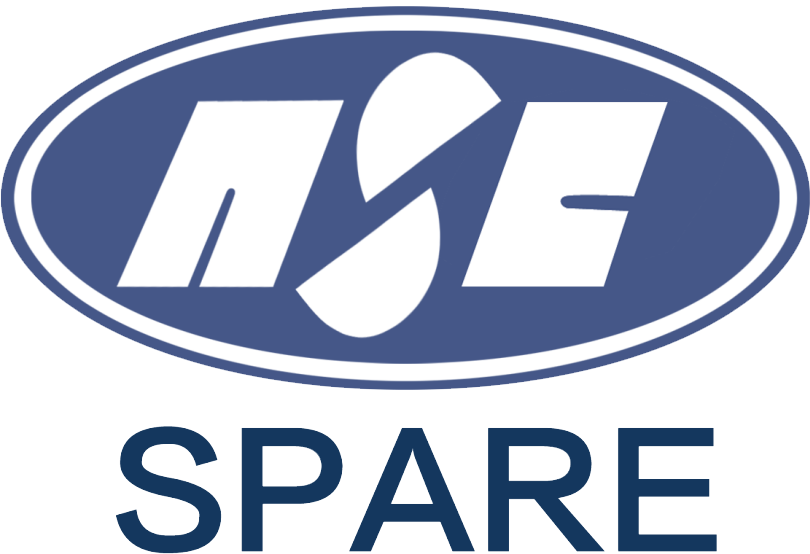The use of Fiber Reinforced Polymer (FRP) bridge decks is transforming the landscape of bridge construction.
Traditional bridges made of reinforced concrete and steel structures have long been plagued by rust and concrete degradation, not only shortening the lifespan of bridges but also potentially leading to severe safety hazards. This issue is particularly acute in coastal areas with high chloride ion concentration, where corrosion of bridges is a significant problem. Thus, improving the durability of bridge decks has become a major challenge in bridge engineering.
FRP is considered an ideal material to enhance the durability of bridges due to its excellent corrosion resistance. FRP bridge systems generally come in two types: all-FRP structures and FRP-concrete composite decks, with a variety of cross-sectional forms. Compared to traditional reinforced concrete decks, FRP decks offer numerous advantages: they are prefabricated in factories, lightweight, and quick to install; they effectively resist corrosion from ice salt, seawater, and chloride ions, reducing maintenance costs; their light weight reduces the load on supporting structures; as an elastic material, they can return to their original state under occasional overloads; and they possess good fatigue performance. In practical applications, FRP deck systems are not only used in new bridge constructions but are also suitable for the refurbishment of old bridges, replacing traditional concrete decks. This not only reduces the weight of the deck but also enhances the load-bearing capacity and corrosion resistance of the bridge.

The load-bearing characteristics of FRP bridge decks mainly include bending moments, shear forces, and localized pressure. An all-FRP deck typically consists of upper and lower FRP skins and a web, with the upper skin bearing compression, the lower skin bearing tension, and the web primarily resisting shear forces while connecting the upper and lower skins. In FRP-concrete/wood composite decks, concrete or wood is placed in the compression zone, while FRP mainly bears tension. The shear forces between them are transferred through shear connectors or adhesive methods. Under localized loads, FRP decks also experience bending, punching shear, or crushing forces; asymmetric loads also generate torsion on the section. As FRP is an anisotropic and non-homogeneous material, its mechanical performance parameters need to be determined through laminate design, making the design of FRP decks relatively complex, requiring close collaboration between designers and professional FRP suppliers.











